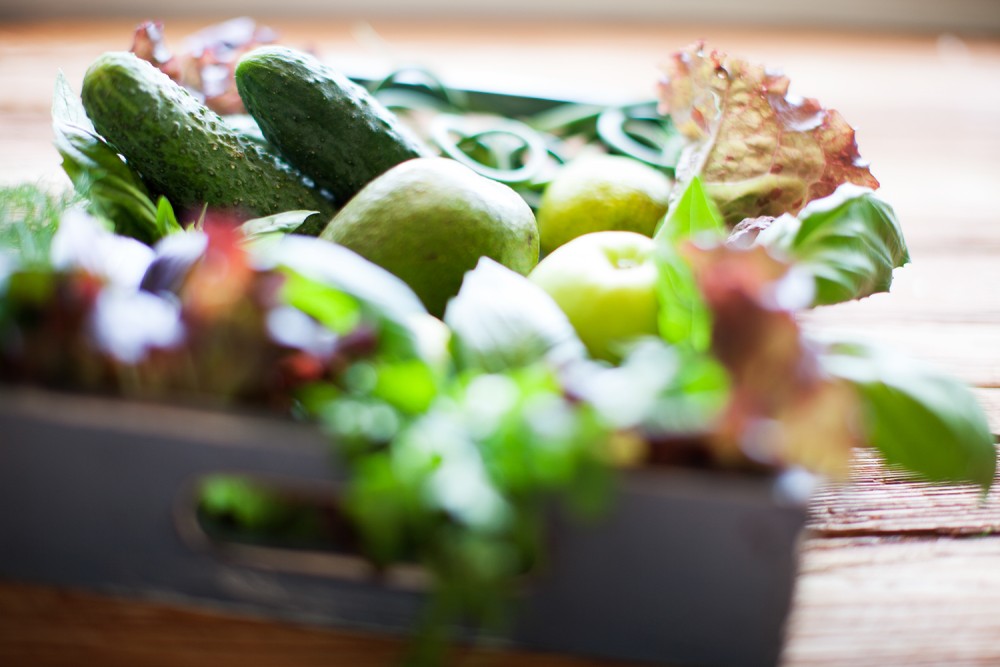Vegetables that are fearfully and wonderfully made
My friend left me his CSA share for two weeks. It changed the way I look at labor.

(Photo: Olga Simankova / iStock / Getty)
This summer, a friend went on vacation for two weeks and left me his CSA shares. A CSA—it stands for “community supported agriculture”—lets you pay a local farm at the beginning of a season for a share of their bounty as it arrives—typically a box or so of fresh produce each week, often fresher and stranger than what you can get in the grocery store. (When was the last time your local Kroger carried kohlrabi, or even an old-timey staple like shelling peas? I got massive quantities of both in my friend’s box.)
I’m usually an enthusiastic but fairly regimented cook. I look up recipes, make a menu for the week, make an ingredient list, and go to the store for whatever’s missing. I then cook the recipes—I’m confident enough to add my own flourishes and substitutions, but not quite enough to just face down a mountain of ingredients and wing it every night. Rinse, repeat. (To be fair, my husband, as our household’s designated dishwasher, does most of the actual rinsing.)
I knew, from prior experience, that cooking from a CSA pushes you into a bit more improvisation—wilder substitutions, different recipes than the ones on regular rotation. A nudge out of the routine, and in the direction of eating additional vegetables. What could be better?




